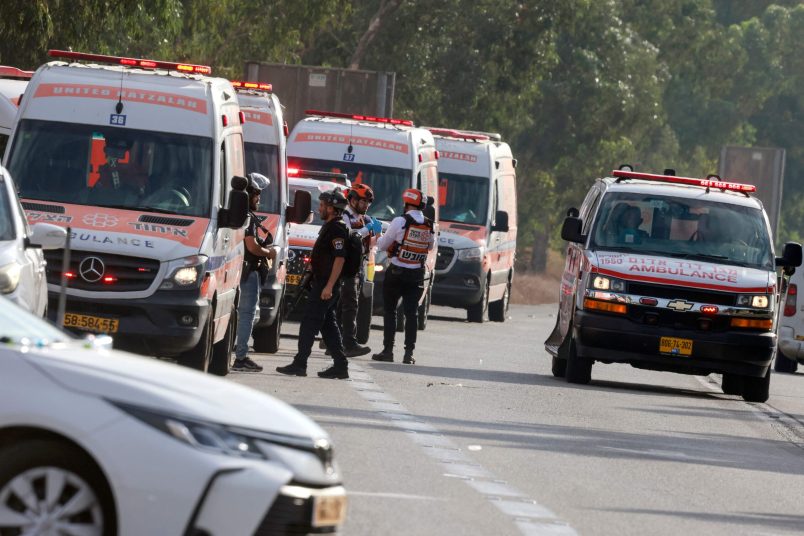If you’re looking for information on the coordinated Hamas attacks in southern Israel I recommend this Twitter list of (mostly) English language news sources from Israel, if you’re on Twitter. The Times of Israel, the English language version of Haaretz and Ynet are also good. This is one of those moments when I need to remind people that often when we don’t cover something that doesn’t mean we don’t think it’s important. Often it’s because we have nothing unique to add. If you’re just waking to this, what happened overnight (US time) in southern Israel is dramatically different from the occasional rounds of rocket fire from Gaza we’ve seen over the last couple decades. The initial reports are still chaotic and incomplete. It’s unclear how much has or will happen in other areas. But the gist is that in addition to rocket fire Hamas was able to launch a big and highly successful operation in which it infiltrated large numbers of paramilitaries into many Israeli towns in the South of the country, mostly but not only in the areas bordering Gaza.
These fighters went into these Israeli towns lighting homes on fire, killing at least dozens of civilians, wounding hundreds and taking a still unclear number of civilians and soldiers hostage. Some appear to have been taken back into Gaza. Some are now part of active hostage situations within those Israeli towns as the IDF streams into these towns in force. Hamas is claiming to have captured “high level” IDF officers. But as yet there have been no details or solid confirmation of that.
As I write the latest numbers are more than 100 killed in Israel and more than 800 wounded. Reports suggest about twice each of those numbers in the Israeli retaliation which followed the attack according to Palestinian authorities, though both sets of numbers should be seen as tentative and almost certain to rise.
What’s clear is that Israel and the IDF were caught more or less totally unprepared. The news is filled with reports of civilians calling into media, talking about fire fights in towns or even within homes, begging for the IDF or back up and not receiving any. This wasn’t one troop of Hamas fighters that made its way into one area. They managed to do it across a whole part of the country in numerous places at once, from the ground and air and apparently also from the sea. The level of surprise is being compared to the Yom Kippur War 50 years ago. These attacks are very different in that they mark no existential threat to the country. There’s no proper army here. These are appear to be paramilitaries with machine guns and RPGs. But the level of surprise and unpreparedness has some parallels.
Just to place this in geopolitical terms, this is not something that is going to be settled with a brief bombing campaign in Gaza, as we’ve seen repeatedly since the Israeli evacuation in 2006. I don’t really have a sense of precisely what’s going to happen. But the success of the attacks and the inevitability of the scope of the retaliation is something that is going to shape the region in new and hard to predict ways. Mainly I want to convey that this takes everything into dramatically new territory. I don’t know where that is exactly. But you can be confident that it’s not where we’ve been to date.


